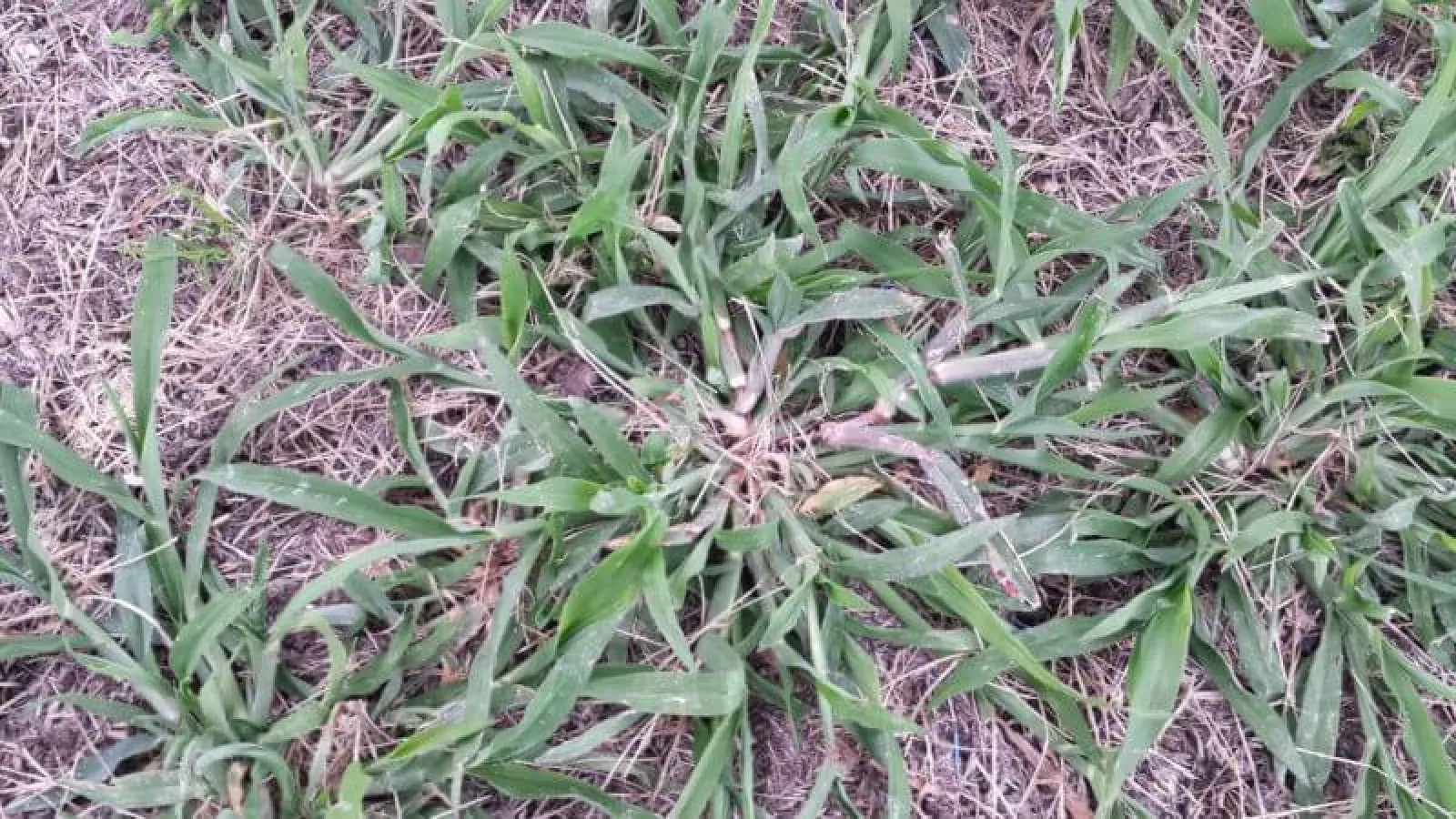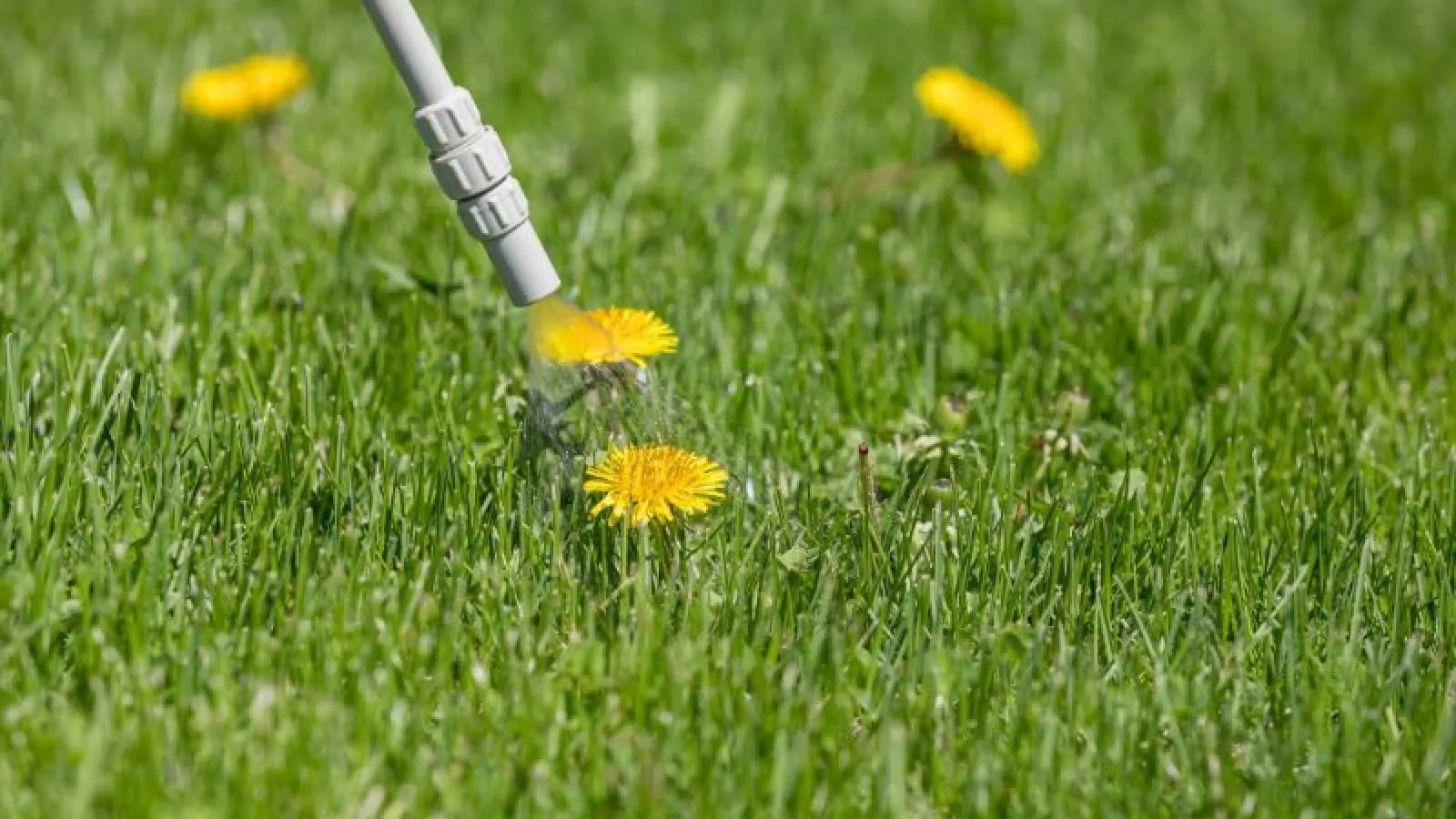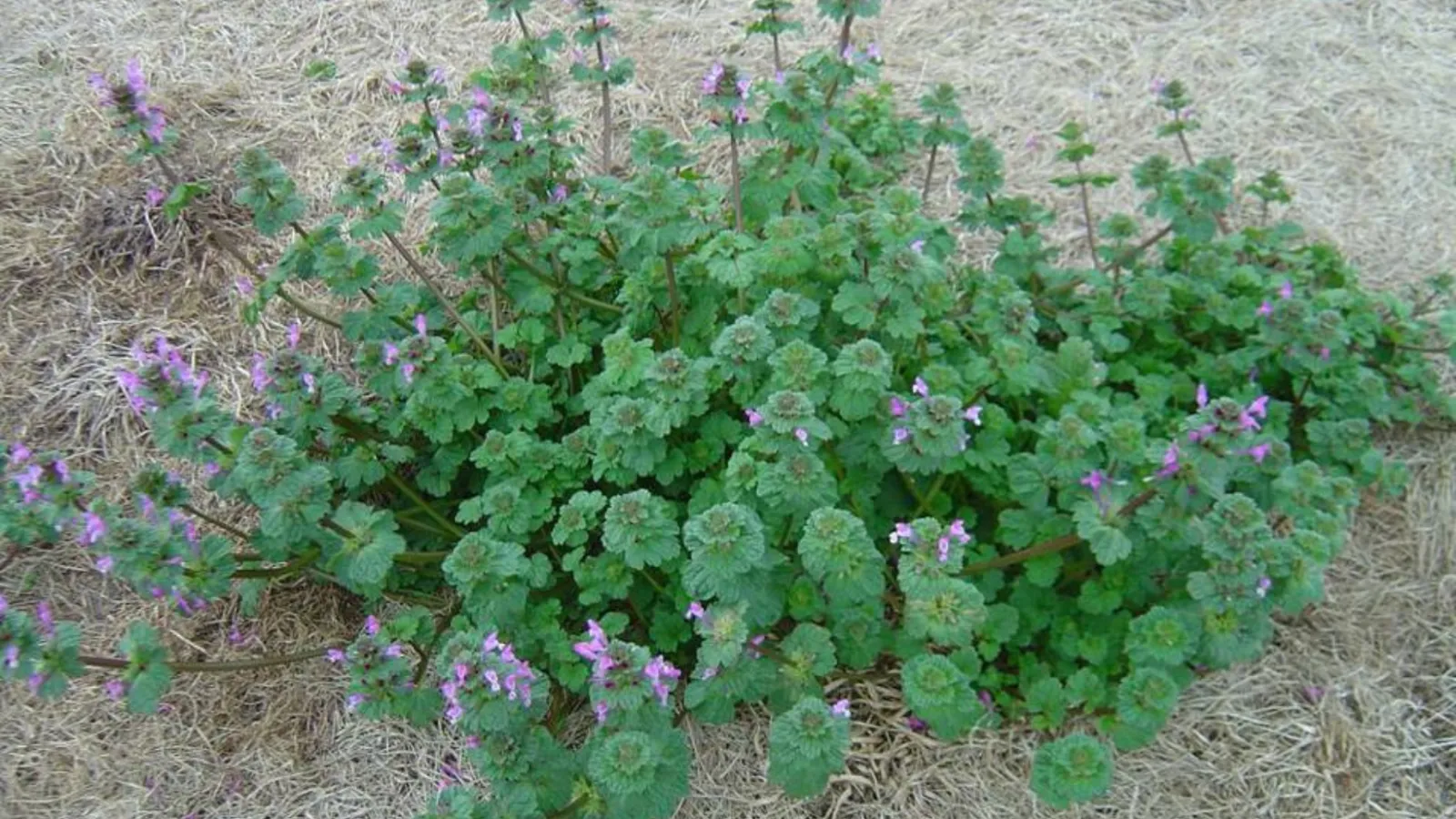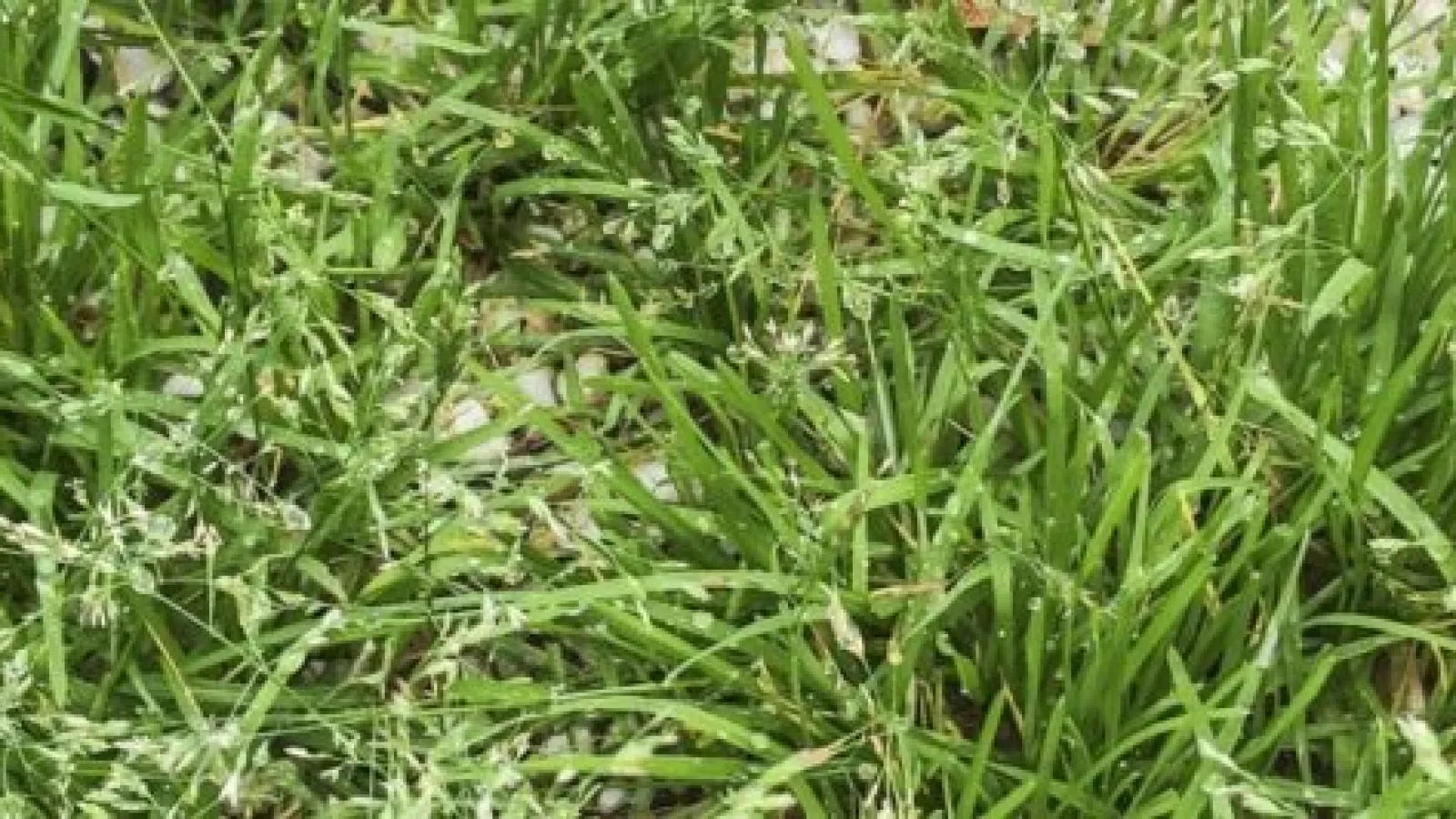
What is Crabgrass and How Do I Prevent it?
CRABGRASS
Crabgrass, an annual weed, has been a summer lawn spoiler since it made its way to North America from Africa decades ago. That means each plant completes its life cycle in one year. It starts from a seed and in mid to late spring when the soil temperatures reach 55 degrees at a four-inch depth, the seeds begin to sprout. The plant continues to grow, produce and distributes seeds. When cooler weather returns, the plant dies. Good riddance, right? Not so fast. The problem is the seeds. Thousands of seeds lie dormant in your lawn, waiting for the spring so they can take over your lawn—again.
PREVENTION
The good news is, crabgrass is preventable! Applying a quality pre-emergence herbicide according to label instructions before soil temperatures get too warm is the best way to prevent it. Of course, having a thick, healthy lawn can win, but it is tough—real tough. A properly applied pre-emergence herbicide labeled for crabgrass should prevent virtually the weed throughout the summer. Keep in mind that even the best pre-emergence herbicides will lose their effectiveness later in the summer, which is why we provide two pre-emergent rounds in the late winter and early spring.
STARTING LATE
But what if you missed the window and started too late? While it is true that the best way to treat crabgrass is to prevent it, all is not lost. There are post-emergence, selective herbicides labeled for crabgrass, but it gets tricky. Crabgrass is very similar in structure to the desired turf grass in which it grows. Therefore, proper application of these products is very important. Never apply if the temperature is outside the range listed on the label. Applying these products incorrectly may result in damaging your lawn.
Regardless of where you are in your battle with crabgrass, we’re happy to offer a free, no obligation consultation. After all, we are, “The Nice Guys”.


